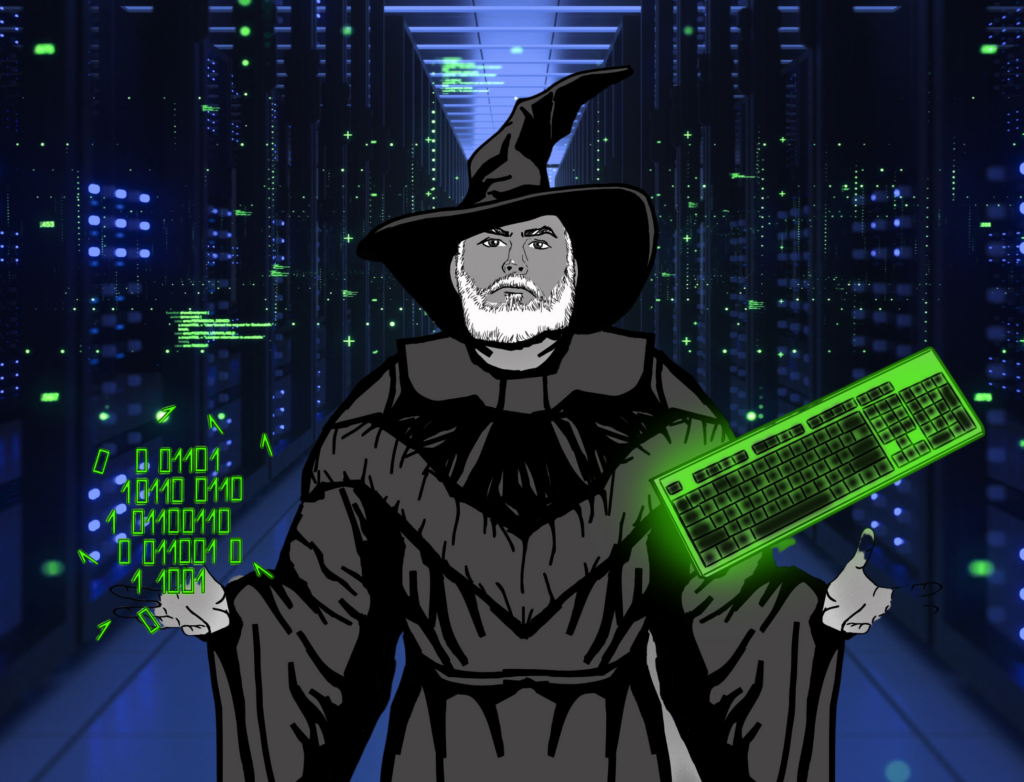
The Illusion of Security
Why SOC Can Give False Confidence Compared to Proactive Offensive Services
In the rapidly evolving landscape of cyber security, businesses face an ever-increasing number of threats that can compromise their sensitive data and disrupt their operations. In response, companies have traditional established Security Operations Centers (SOC’s) to monitor and help defend against potential cyber-attacks. While SOC is an essential component of a robust cyber security strategy, it often falls short in providing a truly proactive outlook on security. In this blog post, we will explore why SOC can give a false sense of security and why proactive offensive services are becoming indispensable in safeguarding organizations. We will also unveil recurring vulnerabilities that tend to surface consistently during our testing activities.
Reactive Nature of SOC
SOC’s typically rely on detecting and responding to threats after they have already occurred. This reactive approach leaves organizations vulnerable to unknown or emerging threats that may bypass traditional security measures. SOC analysts primarily depend on signatures, behavioral patterns, and known attack vectors to detect and mitigate threats, which means they can be easily blindsided by sophisticated, never-seen-before attacks.
Time Lags and Dwell Time
Due to the reactive nature of SOC, there is a time lag between an attack’s initiation and its detection. This delay, often referred to as dwell time, allows threat actors to remain undetected and continue their malicious activities. By the time SOC identifies the breach, the attackers may have already achieved their objectives, making it incredibly challenging to contain the damage.
Limited Visibility and Context
SOC’s typically work within the organization’s network, analyzing logs and alerts generated by various security devices. While this provides some level of visibility, it lacks crucial context about the adversary’s tactics, techniques, and procedures (TTP’s). Without a comprehensive understanding of real-world threats, SOC analysts may struggle to develop effective countermeasures against sophisticated attacks.
Need for Continuous Monitoring
One of the limitations of a SOC is that it often operates during specific hours, leaving organizations vulnerable outside those periods. Cyber threats don’t adhere to a 9-to-5 schedule, and attackers can strike at any time. The absence of continuous monitoring may lead to critical security gaps that threat actors can exploit. Adversaries have over the years earned a reputation for their remarkable swiftness, advancing from initial breach into alternate servers and systems within the environment.
The Rise of Proactive Offensive Services
To address the limitations of traditional SOC, organizations are turning to proactive offensive services like Red Team Operations and Penetration Testing. Unlike SOC, which responds to incidents, offensive services actively mimic the techniques used by real threat actors to identify weaknesses and vulnerabilities proactively.
Continuous Adversarial Simulation
Offensive services offer continuous adversarial simulation, continuously testing an organization’s security posture by emulating real-world threat actors. This approach ensures that organizations are constantly evolving their defense strategies to stay ahead of potential attackers.
Real-world TTP Replication
Proactive offensive services replicate real-world threat tactics, techniques, and procedures to help organizations understand how attackers might operate. This insight allows organizations to fine-tune their defenses and better prepare for future attacks.
Early Detection and Mitigation
By adopting proactive offensive services, organizations can detect and mitigate potential vulnerabilities before threat actors exploit them. This early detection significantly reduces the dwell time and limits the potential impact of attacks.

So, What Do We See?
As a leading penetration test provider, we are frequently engaged in assessments targeting organizations’ existing Security Operation Centers (SOC’s). These evaluations are essential to determine the authentic responsiveness, efficiency, and overall effectiveness of these reactive measures is place. Considering our findings, we believe it’s imperative to initiate an open discussion about the prevailing standards within SOC quality.
Through our meticulous testing procedures, we aim to uncover the genuine strengths and potential weaknesses of different SOC’s. Our comprehensive analyses have revealed a noteworthy spectrum of quality and value across these security infrastructures. It’s apparent that there exists considerable variability in the extent to which SOC’s adhere to premium standards.
Given the critical role that SOC’s play in an organization’s cyber security posture, it is necessary to encourage a constructive discourse surrounding their enhancement. We are committed to fostering dialogue and collaboration that leads to the advancement of SOC capabilities, thereby bolstering the overall security landscape for businesses and industries alike.
What we typically find is the following:
Lack of Timely Response: A prevalent issue we observe is a delayed or inadequate response from the SOC team when facing simulated or actual security incidents. This delay can stem from inefficiencies in communication, unclear incident escalation processes, or insufficient training for SOC personnel.
Incomplete Incident Visibility: Many SOC’s struggle with obtaining a comprehensive view of ongoing security incidents. This can be due to inadequate integration of various security tools and technologies, resulting in fragmented data sources. Consequently, the SOC may miss critical indicators of compromise and fail to detect advanced threats.
Ineffective Playbooks and Procedures: We often come across SOC playbooks and response procedures that are outdated, overly complex, or lack proper customization to the organization’s specific environment. This can lead to confusion among SOC analysts and hinder their ability to efficiently mitigate threats and breaches.
These findings highlight the need for continuous improvement and optimization within SOC’s, as well as the significance of ongoing training, process refinement, and integration of cutting-edge technologies to enhance their effectiveness in safeguarding organizations against evolving cyber threats.
In conclusion:
While SOC remains a crucial part of any organization’s cyber security strategy, it’s essential to recognize its limitations in providing a truly proactive outlook on security. The reactive nature of SOC, along with time lags and limited visibility, can create a false sense of security. Embracing proactive offensive services is becoming increasingly vital to proactively identify and address vulnerabilities, continuously improve defenses, and stay one step ahead of ever-evolving cyber threats. A well-rounded security strategy that combines both reactive and proactive approaches will help organizations build a robust defense against the relentless forces of the cyber world. That’s’ why we’re proud of building our Attack Surface Management technology that enables continuous and effective penetrations testing, preventing threats before they become an issue for the SOC.
